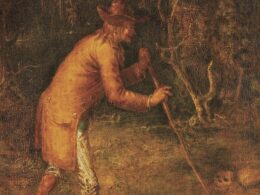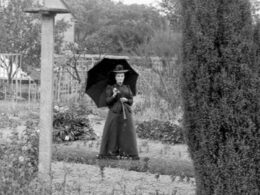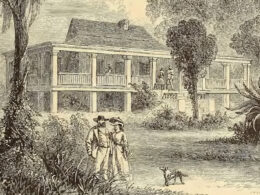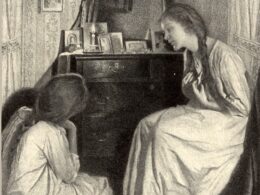Maria Carter (1844–?)
From Reconstruction: Voices from America’s First Great Struggle for Racial Equality
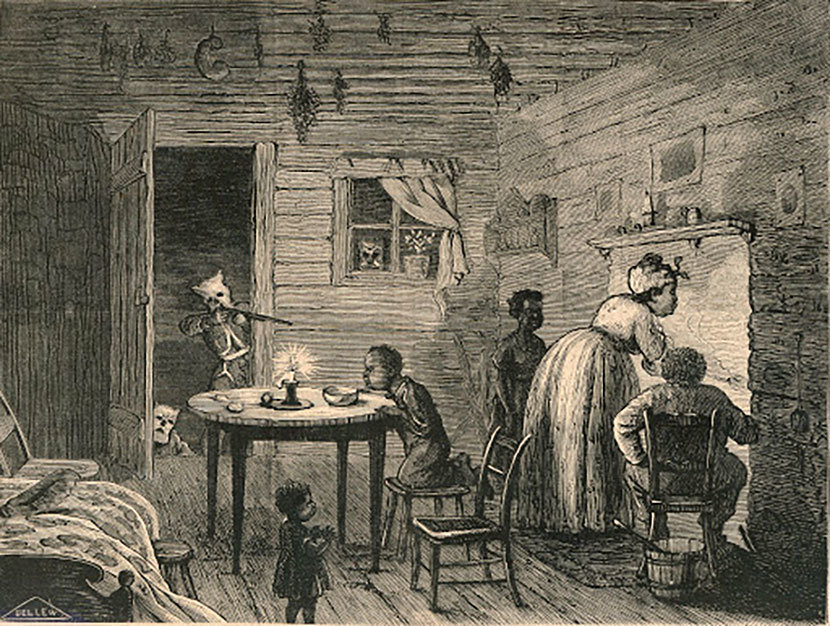
One of the signal achievements of the federal government during the Reconstruction Era was the virtual destruction of the original Ku Klux Klan 150 years ago, in 1871.
Although most of the atrocities the Klan had committed during the previous six years were never brought into a courtroom, the federal government nevertheless arrested hundreds of the organization’s members, successfully sought the conviction and imprisonment of the worst of its leaders, and—particularly in South Carolina—used federal troops to flush out and capture the offenders. Congress held extensive hearings, sent delegations to most of the former Confederate states to collect eyewitness testimony, and passed the Ku Klux Act, one of the few pieces of Reconstruction legislation that included vast enforcement powers. Much of this was done under the leadership of Amos T. Akerman, the Attorney General under President Ulysses S. Grant—who was obsessed with destroying the Klan, sometimes to the consternation of other Cabinet officials. (“It has got to be a bore to listen twice a week to this thing,” complained Secretary of State Hamilton Fish.)
It didn’t last, as we know. Politicians and the public grew weary over the time and energy spend monitoring the behavior of Southern state and local governments; by the end of 1870s federal oversight retrenched, and other white supremacist organizations and militias formed to keep freedmen from voting, discourage them from owning property, and force them to work the plantations, often for little or no pay. Black men who weren’t employed could be arrested for vagrancy, which gave them little recourse when their “employers” refused to pay them.
During the congressional hearings in Georgia in the fall of 1871, many of the eyewitnesses from Haralson Country (on the Alabama border in the northwestern part of the state) were called to testify about the atrocities committed earlier that year, in April and May, including the murder of John Walthall. One of the more compelling witnesses was one of Walthall’s neighbors, Maria Carter, and we present her testimony as our Story of the Week selection.
